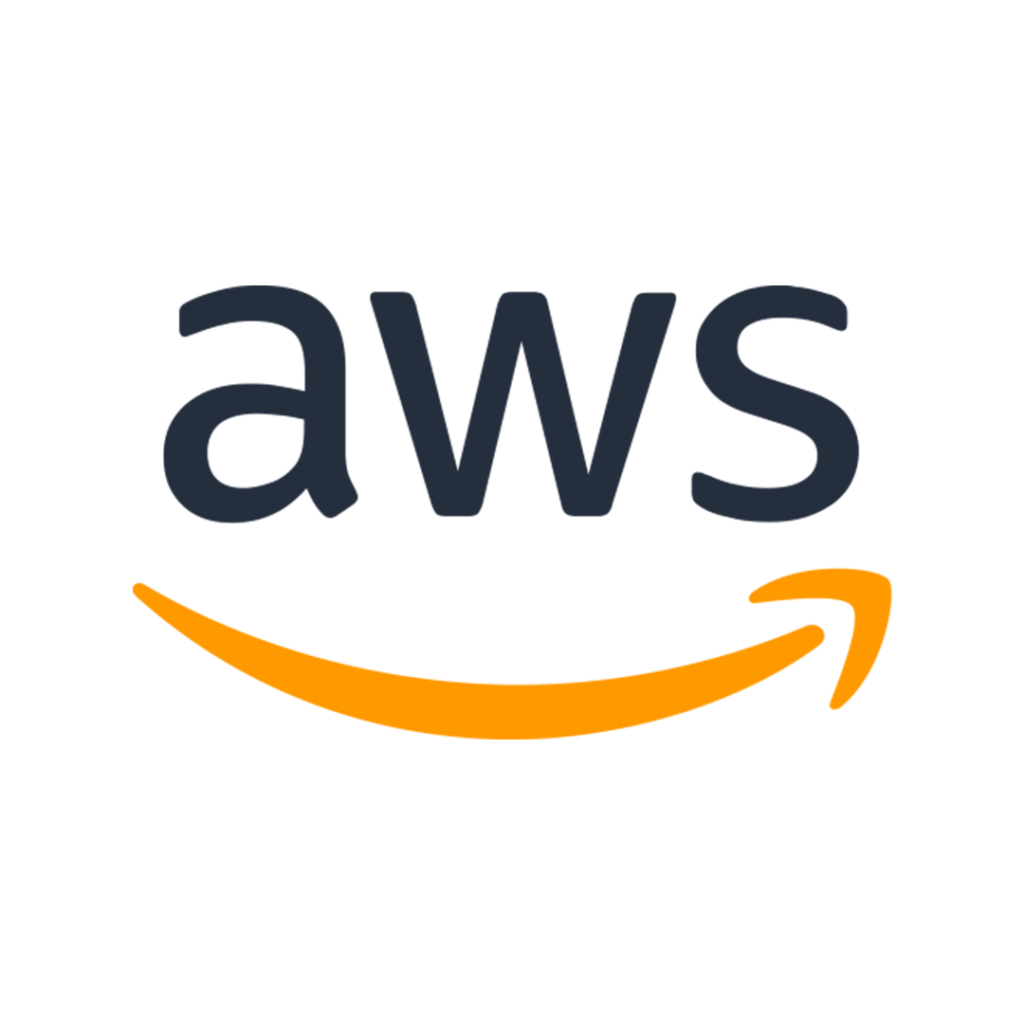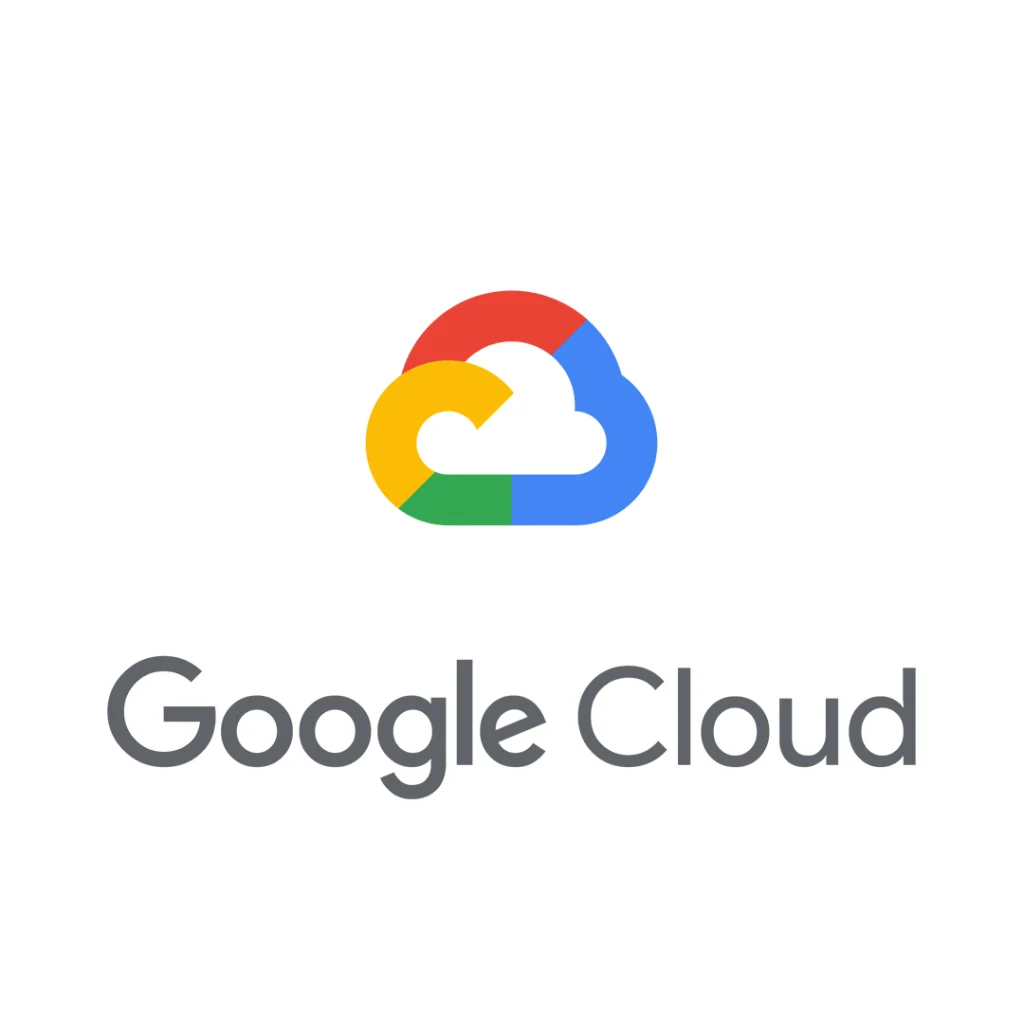Who is a Cloud Service Provider
Any company that offers one or more components of Cloud Computing – namely Infrastructure as a Service (IaaS), Platform as a Service (PaaS) or Software as a Service (SaaS) – typically (but not necessarily) in a subscription (pay-as-you-go) model can be called a Cloud Service Provider (CSP). Top Cloud Service Providers include AWS (Amazon Web Services), Microsoft Azure and Google Cloud. Though these are the top 3 (at the time of writing this article), there are also other service providers like Digital Ocean, Alibaba, Oracle, IBM, Salesforce, Rackspace, VMWare etc. whom you can approach for your IaaS, PaaS or SaaS requirements. However as you would have understood from the above, it is not necessary that all the CSPs will have all kinds of services (for example, some may not be providing anything on Infrastructure-as-a-Service).



Can I work with more than one Cloud Service Provider
Yes, absolutely. It is increasingly becoming common to work with multiple CSPs. The reason for this could be that you want to avoid lock-in with one single CSP thereby de-risking yourself from any business eventualities should that CSP face any issues in continuing with their service offerings. Another reason could be that a particular CSP might be good only in certain types of services, and you might want to build your multi-cloud environment by incorporating the best-of-breed services across multiple CSPs. Whatever may the case be, the future is definitely multi-cloud, and hence you should gear up to work with multiple Clous Service Providers.
What are the different types of Cloud Service Providers
CSPs can be broadly categorized into 3 types – IaaS Providers, PaaS Providers and SaaS Providers.
Infrastructure as a Service (IaaS) Providers
As the name suggests, Infrastructure as a Service providers are focused on providing you with the basic infrastructure that you would otherwise be having in your private data center where you are currently hosting your applications. The various infrastructure components provided could range from bare metal servers, compute power, storage, physical or virtual networking components etc. Since Cloud is all about virtualization, it is not very common to have physical infrastructure made available to you. But depending on your security requirements, certain CSPs do provide the same which will help you from avoiding sharing the same hardware with another customer.
Platform as a Service (PaaS) Providers
PaaS providers provide you with a higher level of abstraction compared to IaaS providers. You are not required to manage basic infrastructure components while working with PaaS providers. You can get a complete deployment environment on which you can deploy your apps, while leaving the responsibility of ensuring infrastructure and middleware reliability and availability to the CSP. PaaS providers also free you up from the burden of buying and managing software licenses, since many times it comes as a bundled offering from the CSP.
Software as a Service (SaaS) Providers
SaaS providers provide you with ready-to-use software as a service. You are not required to manage the underlying software; you are only responsible for managing the data that you input into the software. All the burden of managing the infrastructure, middleware and the software is handled by the CSP.
How do I choose my Cloud Service Provider
Not all CSPs are alike. Some of them may have better service in a particular region, whereas another one may be more cost-effective for you. Following are some of the factors you can consider while evaluating your Cloud Service Provider:
Availability in your geographical location : There could be many reasons why you want your CSP to be in the same geographical location as where you are. It could be for reducing network latency, for better adherence with regulatory compliance or anything else. But availability of a particular CSP in a particular region is definitely one of the factors you should be considering.
Cost : While all major CSPs are becoming more and more competitive in terms of cost, there are still some differences between the way their pricing is structured. You should look at the various pricing models available with a particular CSP (e.g. On-demand, Reserved, Upfront payment etc.). Almost all CSPs provide a TCO Calculator which you should make use of before finalizing a service provider.
Services Available : While it is not impossible to move from one CSP to another one in future, it is a very tedious and costly exercise to do so. Hence you should carefully evaluate your current and future requirements, and map it against the services available with a particular Cloud Service Provider.
Service Level Agreements (SLA) : SLAs are many times linked to Cost. However, it is important for you to evaluate what kind of SLAs are available with a particular Cloud Service Provider. Even if you do not have the requirement for a stringent SLA at this point of time, having one available with the CSP should give you the peace of mind and confidence to scale your business in future.
Strategy and Roadmap : Choosing a CSP is a major decision, and hence it is important to keep a long term view. The strategy and roadmap of your IT should get aligned with that of your Cloud Service Provider. This will ensure that your long term business goals are getting satisfied while doing business with your chosen CSP.
Conclusion
Choosing the right cloud service provider is a critical decision for any organization. It’s not a one-size-fits-all choice, as the needs and goals of each business can vary significantly. Factors to consider include the provider’s reputation, data center locations, security measures, scalability, and pricing. It’s essential to align your choice with your specific requirements and long-term objectives. Before making a decision, conduct a thorough evaluation of potential providers and carefully assess their services, performance, and customer support. Ultimately, the right cloud service provider can enhance your organization’s efficiency, agility, and competitiveness, so choose wisely to ensure your IT infrastructure supports your growth and innovation.

